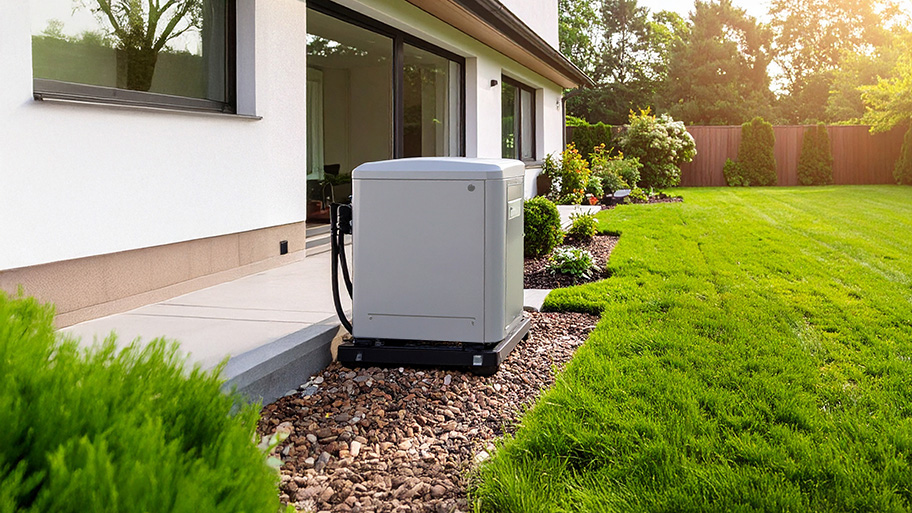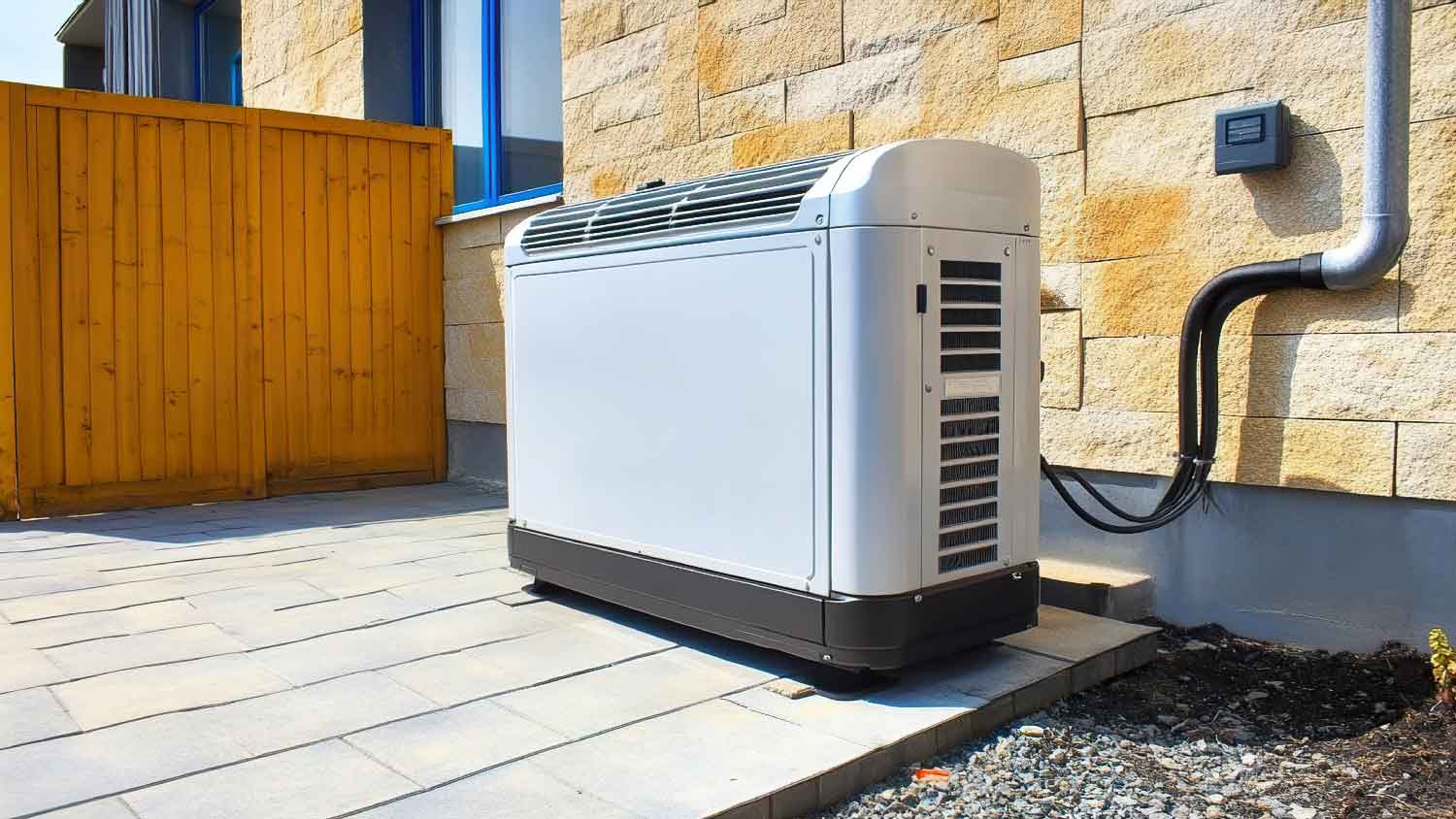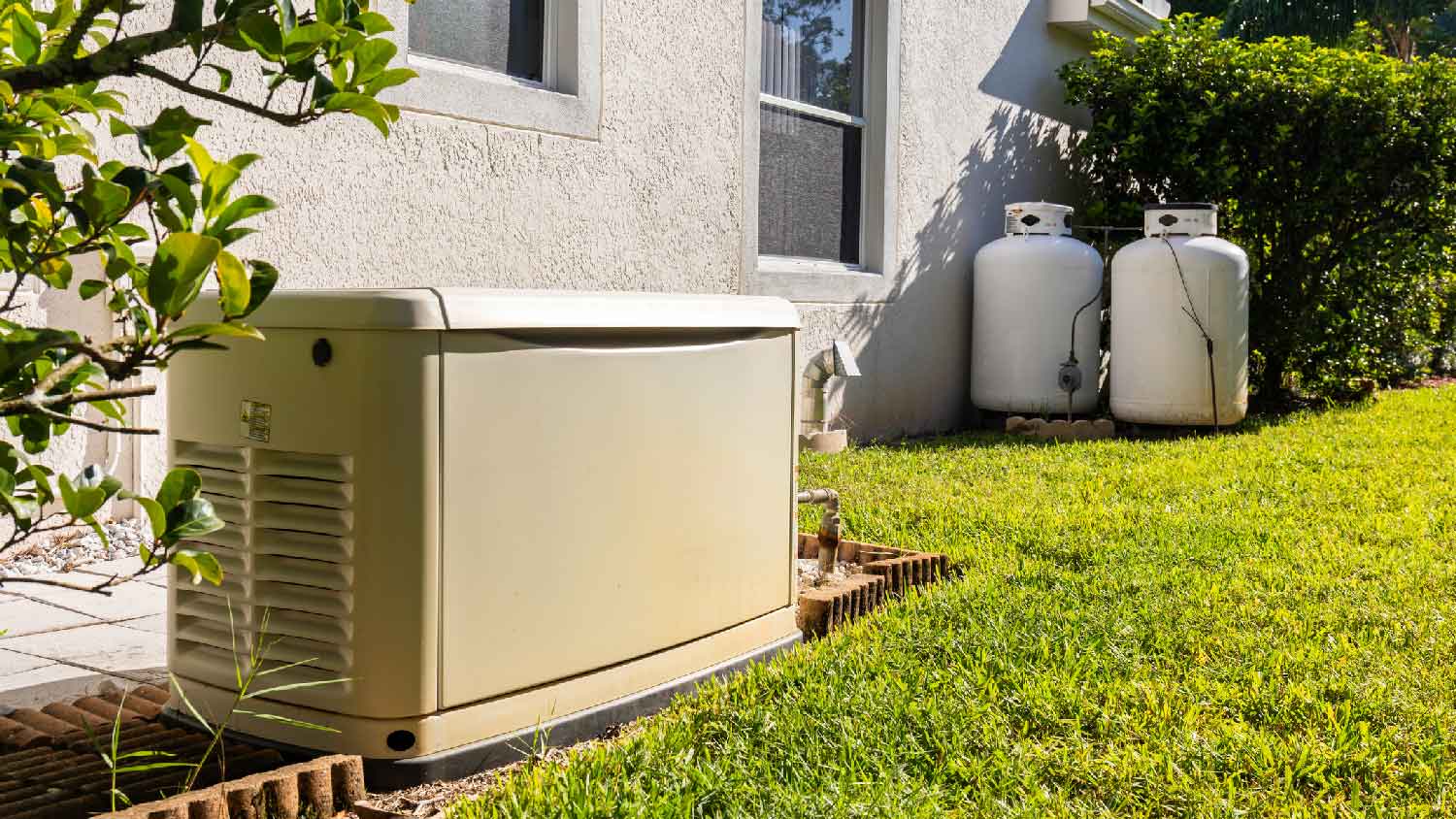
The average cost of a whole-house generator falls between $5,000 and $25,000. Keep reading to learn how much you can expect to spend.

*The Angi rating for Generator Install companies in , is a rating based on verified reviews from our community of homeowners who have used these pros to meet their Generator Install needs.
*The HomeAdvisor rating for Generator Install companies in , is a rating based on verified reviews from our community of homeowners who have used these pros to meet their Generator Install needs.
Last update on November 09, 2025
From average costs to expert advice, get all the answers you need to get your job done.

The average cost of a whole-house generator falls between $5,000 and $25,000. Keep reading to learn how much you can expect to spend.

The cost to install a generator transfer switch depends on several factors. Our guide will help you understand all of the costs.

Keeping on top of generator maintenance and repairs gives you extra peace of mind as a homeowner. Find out how much regular generator maintenance costs.

Natural gas generators emit carbon monoxide, a harmful gas. Learn about what carbon monoxide is and tips to operate your generator safely.

Is a whole-house generator worth it? Discover the key factors influencing ROI and whether it's the right choice for your home.

Can a generator get wet? Protective covers are necessary for using a portable generator in the rain, and they shouldn’t be used in extreme weather.